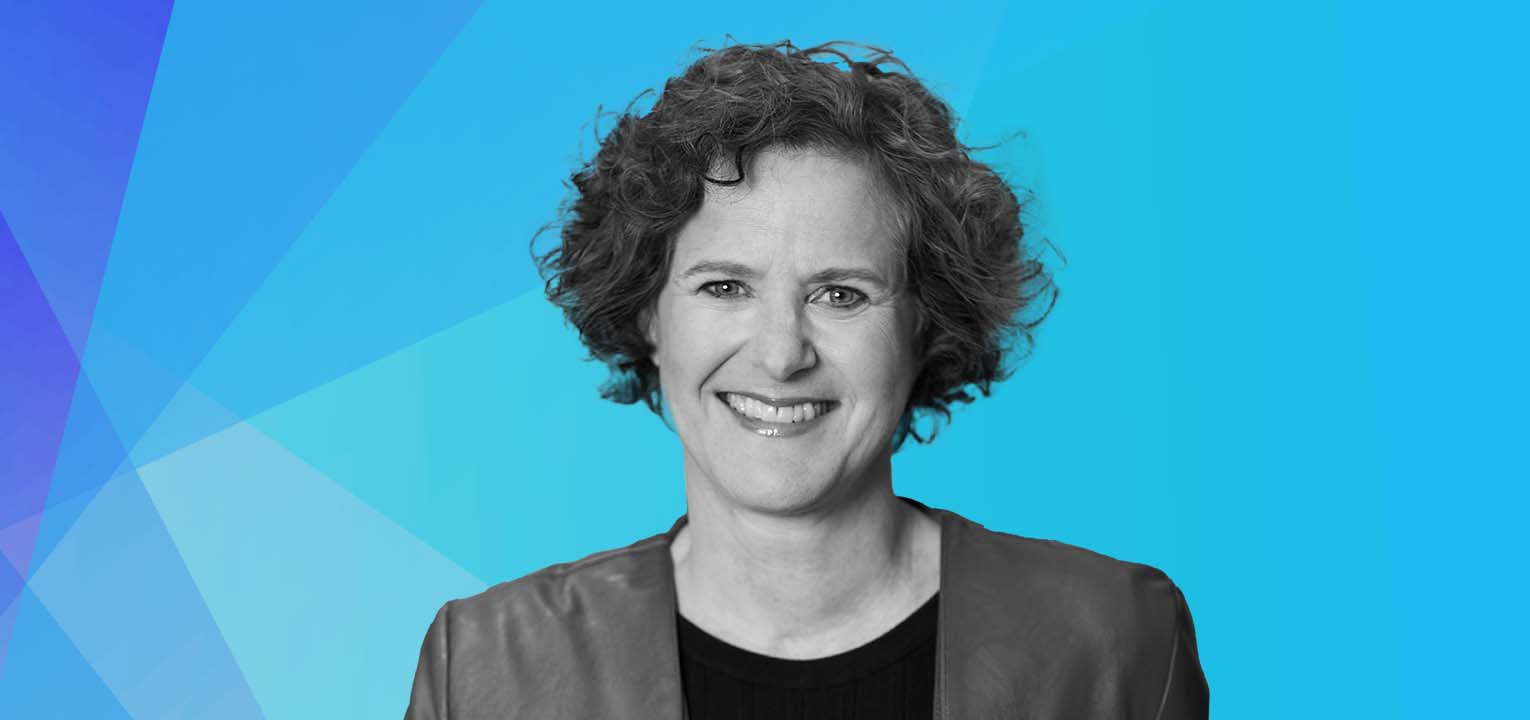December 13, 2020
It’s Time for Banks to Quickly Monetize the Value of Open Banking

Open banking is the gift banks never thought they wanted. They just haven’t finished unwrapping it. It originated from the philosophy that banks should be more transparent so that they can more responsibly steward their customers’ finances. For years, banks pushed back, but now they are starting to see things differently.
To increase sales efficiently, banks need to better know their customers’ finances. Open Banking is an innovation that helps them do that. Now, as Open Banking APIs and regulations become increasingly common—with over 50 countries projected to fully adopt Open Banking by 2021—it will become a fundamental infrastructure for any bank that wants to leverage and better monetize its customer relationships. But all this will only drive business impact if banks shift from a narrow, to a more strategic approach to Open Banking, that uses this innovation to not only engage customers, but monetize that engagement.
Too Narrow a View of Open Banking
It is rare to find a customer who manages all their finances in one place. The average retail banking customer holds accounts at five to seven different financial institutions, including insurance and long-term savings, checking, credit cards, mortgages, and investment accounts. Before Open Banking, banks could only see a siloed portion of their customers’ full financial picture which made it impossible for them to claim they knew their customers.
By enabling data sharing across financial institutions, Open Banking gives banks an unprecedented look into their customers’ financial lives. Now they can see the whole puzzle, and therefore better understand—and more precisely serve and sell to—their customers.
And still, they’re thinking too narrowly, interpreting the use cases of open banking as one-offs rather than as strategic monetization opportunities. Take the example of mortgages. Since a mortgage is such a large loan, customers are required to share information about their accounts at other institutions. In the past they have done so by providing account statements. With Open Banking the bank can connect to that data automatically.
While this streamlines the mortgage approval process, it fails to utilize Open Banking strategically. The bank would likely sell that mortgage anyway. The incremental streamlining hasn’t provided the customer with additional value, missing a chance to engage the customer in a way that establishes trust and openings for upselling or cross-selling. In other words, its impact is trivial.
An Open Banking Monetization Vision
Banks need an Open Banking vision characterized by a broader view of how they can use external customer data to better serve. What if Open Banking were used to aggregate different financial data inputs internally, categorize, enrich, and provide a holistic financial view of customers’ past and present, but also their future, with services like:
- Offering customer level insights across accounts, including spending and cashflow
- Offering account level insights across accounts, including monitoring and notifications
- Offering products with competitive terms such as loans, mortgages, deposits, investments, cards, P2P
- The ability to transfer external funds into bank deposits
By thinking this way, banks create a value-driven approach that provides customers with hyper-personalized experiences that increase their receptiveness to new product and service offers.
With these possibilities in mind, why isn’t the shift toward strategic Open Banking happening faster? Because many banks have yet to cross the main hurdle of an effective monetization strategy driven by Open Banking: convincing customers to share their external data.
The Trust-Data Sharing Cycle
A recent ING poll of customers in 13 European countries found a gap between attitudes and behaviors towards data sharing. While the poll found a lack of unanimous support, and significant differences in attitudes across countries, a common theme emerged: “Many will use tools that rely on Open Banking capabilities if they provide them with obvious value.” It is that value that banks have yet to demonstrate at scale.
How do banks demonstrate value? Think about the mortgage example; tracking finances or visualizing their aggregation is not enough of a benefit to convince consumers they should give up their most prized asset. Banks first need to build trust through long-term engagement, and that does not happen overnight. But it can be accelerated if banks use customers’ transaction data to offer personalized, actionable insights, and recommend tailored products and services that show the customer the bank truly has their financial wellbeing in mind.
Personetics’ data-driven personalized insights are a good starting point to establish trust and boost personalized engagement. By demonstrating value to a customer through accurate, proactive, and timely insights that improve their financial situation even slightly (for example, notifying about an upcoming balance deficit and offering to move funds between accounts), customers will be more likely to share their external data with the bank. The more external data the bank can access, the more directly it can serve customer needs, providing through digital channels the same depth of relationship it delivered through branches—but more efficiently and at scale.
The more data a bank has access to, the more accurate the insights and recommendations offered will become. And the more precise the insights are, the more willing customers will be to expand their relationship with the bank. For instance, Personetics’ automated financial wellness programs help customers achieve financial resilience by engaging them in habit-forming financial wellness behavior over an extended time frame with self-adjusting and automated fund transfers. These programs help customers reach long-term financial goals through a comprehensive view of their full finance landscape that brings them one step closer to financial resilience.
Under these circumstances, data sharing continuously justifies itself to the customer through deeper understanding and better service, and to the bank through greater wallet share. Open Banking makes this functionality available, but it’s up to the bank to use Open Banking strategically to offer a unparalleled level of service to its customers.
Want to explore how your bank can harness the power of AI to engage and serve customers? Request a demo now
Latest Posts

Explore our Spring Release Highlights – From Integrated Marketing Offers, to Custom Trackers, and AI Innovation

Showing the Human Side of Digital Banking: Insights from Desjardins' Nathalie Larue

The Emergence of Cognitive Banking at This Year's Financial Brand Forum









